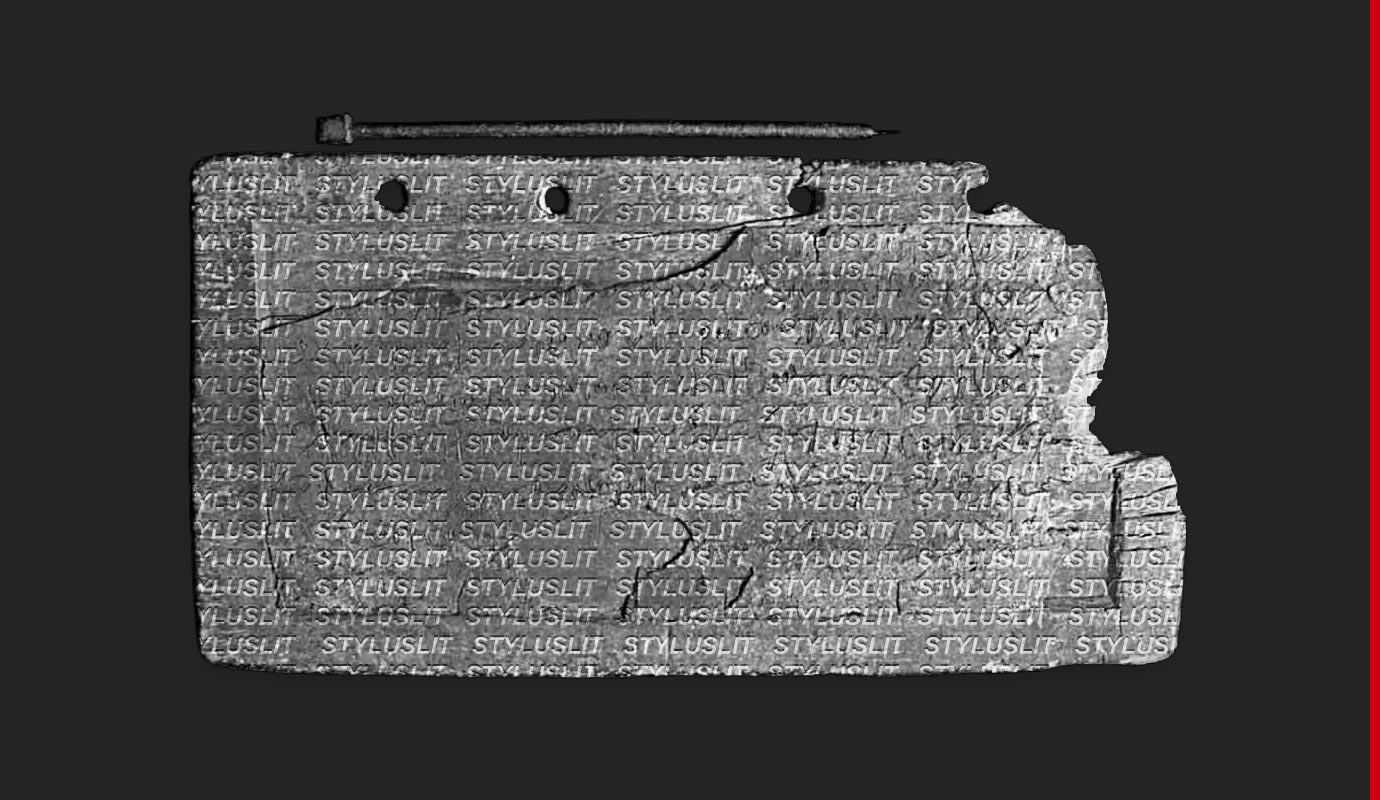Flying Island Books (2023)
Reviewed by Jane Frank, StylusLit.
Australian poet, dancer, actor and filmmaker, Richard James Allen’s most recent work transports the reader through a disorienting and disturbing but also fascinating afterlife encounter.
This is Allen’s 13th book and like previous collections such as The short story of you and I (UWA, 2019) which examined liminal states between being awake and asleep and between love and death, this work examines the nature of existence and non-existence and the transitional phase between.
The realm of the afterlife has fascinated poets throughout history, compelling them to explore the mysteries beyond mortal existence — Homer, Virgil, Dante, Dickinson and Poe are some that have asked these questions – and I note that Allen dedicates the book ‘for my Virgils’ — but his work particularly reflects a lifelong interest and engagement with Buddhist and Yogic philosophies.
The questions Allen asks throughout are both metaphysical and rhetorical:
What do you know about evolution? [5]
Where do you go when you are lost inside your mind? [16]
Is there ever an end to the searching? [84]
Inspired by The Tibetan Book of the Dead, Allen uses Western vernacular to recreate the dislocated state that guides souls on their 49-day transmigration through ‘The Bardo’ — the state between dying and rebirth. The fundamental message in that classic of medieval Buddhist literature is that all beings are sublime and perfect, and thus, can become enlightened.
A ‘Bardo’ is a mind state rather than a particular place, ‘bar’ translating as a movement or flow state and ‘do’ translating as an island in a waterway or a stepping stone — a point of stillness in a steam of movement. Allen’s book succeeds in delivering the idea of the immediacy of the ‘now’ – moment by moment – delivering us an understanding of our true nature as we move between states.
Using a two part structure — Part One – An Introduction to Dying / An Odd Way to be Born and Part Two – The Book of Bad Dreams — Allen takes a colloquial approach to reimagining what someone dead can see, hear and think, using fragmented imagery that manipulates space and time to make the unlikely seem possible:
What if there is no grand conspiracy? What if there is no one to blame? No
secret society trying to take over the banking system and the government and
the armed forces and the secret service and the biotech companies and the
information superskyway? What if no one is trying to kill you?
What if there are no angels and no demons, no devil and no god, just an infinite
number of instances of energy slippage and displacement, shimmies and slides in
the space-time uncertainty. [70]
There is an intriguing sense of play about this work — humour and irony in places too — that prompts the reader to challenge, consider and reflect on the nature of birth and death:
The truth is that nobody ever fully recovers from the accidents that befall them,
starting with being born.
How long can you stand not knowing who you are or what to do next? Can you
bear to be still long enough to find out? [84]
Is this the backdoor to the sky? [90]
There are no line breaks in Allen’s work but instead, the poetic challenge of encouraging the reader to imagine and find new insights about the experience of departing an earthly existence.
The use of second person throughout is a technique that creates a sense of immediacy between Allen and his reader — convincing in his invitation to them to join him on the journey:
You are part of a story you tell yourself when you wake up in the morning,
the story of this is who you are and this is the world you inhabit …
It is a very convenient story, the oldest story in the book — the comforting,
consoling story of cause and effect.
Text Messages from the Universe is a colourful pocket-sized book with glossy pages including dance photographs taken from Allen’s film of the same name produced by The Physical TV Company that won six awards including best Screenwriter of the Year Award at the Mumbai International Film Awards. This fluidity between creative forms adds to the multisensory experience of reading the book, cinematically blending poetry and dance.
As readers, we glide into the poet’s dreamscapes and witness the haunting middle distance of Allen’s imagination.
